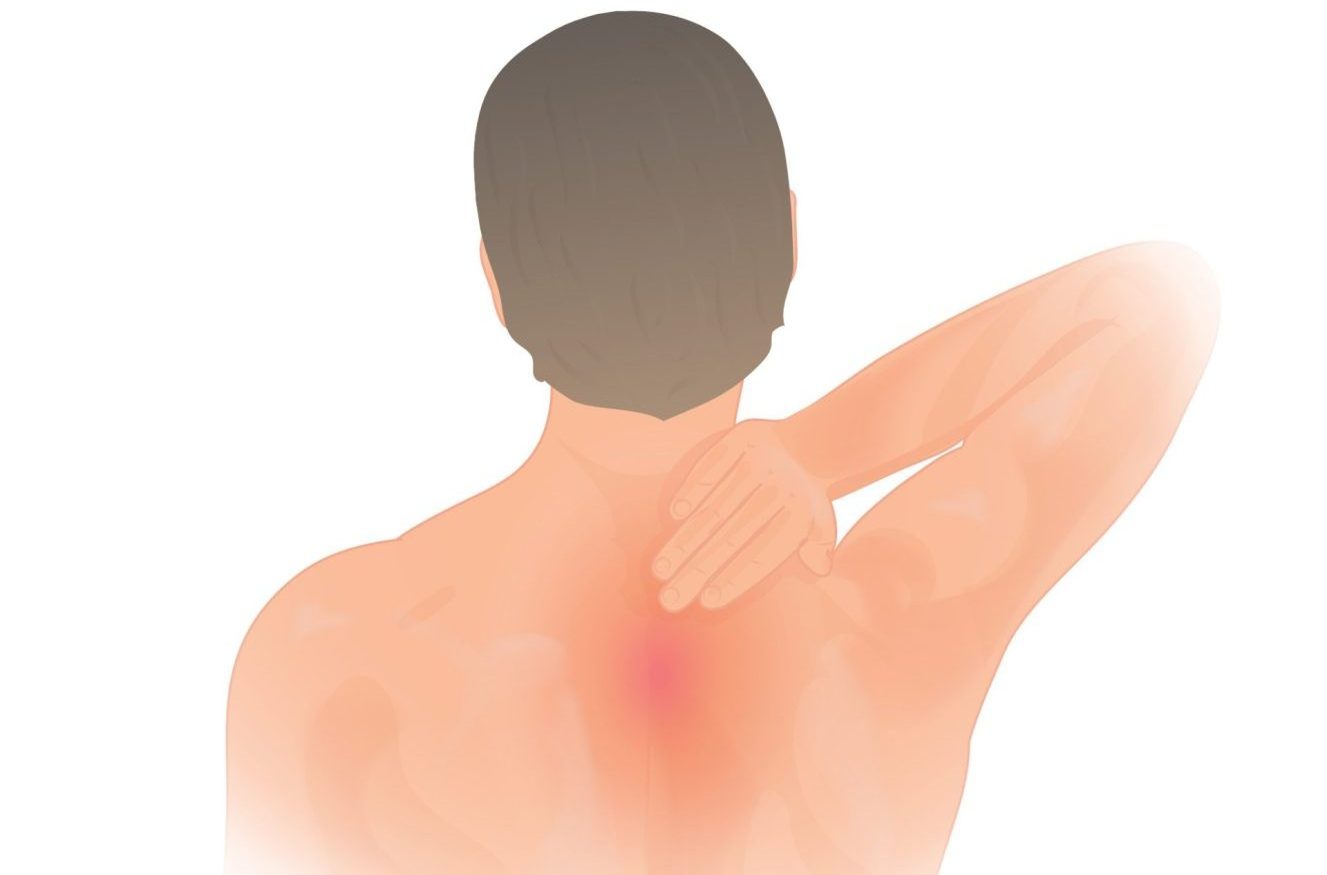Thoracic pain referred from the neck, also known as Cloward’s sign, is a condition in which pain is felt in the thoracic region of the spine because of an issue in the neck. This condition may be caused by injury to the neck, poor posture, or degenerative conditions of the spine. Associated symptoms may include neck stiffness, numbness, tingling, or weakness in the arms and hands. The pain may be sharp or dull, and may be constant or intermittent. Treatment for referred pain requires identification of the underlying cause and typically involves a combination of physiotherapy, medications, and self-management strategies.
Physiotherapy can help to reduce inflammation and improve flexibility and strength in the neck, shoulders, and upper back. Medications, such as nonsteroidal anti-inflammatory drugs (NSAIDs) and muscle relaxants, can help to manage pain and inflammation.
In addition to these treatment options, there are several self-management strategies that help reduce the symptoms of thoracic pain referred from the neck. These include:
Stretching exercises: Gentle stretching can help to improve flexibility and reduce stiffness in the neck, shoulders, and upper back.
Strengthening exercises: Core exercises and exercises that target the neck, shoulder, and upper back muscles, can help to improve the stability of the spine and reduce the risk of future injuries.
Good posture: Maintaining good posture can help to reduce the strain on the neck, shoulders, and upper back and reduce the risk of injury.
Hot and cold therapy: Applying heat or cold to the affected area can help to reduce pain and inflammation.
Applying the 5 stages of rehab to thoracic pain referred from the neck.
Pain – Pain and symptom reduction, including referred pain, is best achieved by addressing the issue in the neck. In some cases medications may be required to reduce inflammation around the neck, or reduce tissue sensitivity.
Range of motion – Stiffness through the neck and upper back is commonly associated with referred pain. Treatments and stretches to restore range of motion will help reduce pressure on the affected tissues and reduce symptoms.
Motor control – Learning to control where movement occurs and how to stabilise your neck under high loads allows for appropriate force distribution through the neck and upper back. Such motor control allows return to function without aggravation or worsening of symptoms.
Strength – Strength training of postural muscles and the other soft tissues surrounding the neck builds a capacity to tolerate higher demands and loads, allowing a higher level of function.
Maintain – Overloading tissues through the neck may lead to a return of referred pain. Identifying and treating the underlying cause then maintaining range of motion, motor control, and strength gains will help prevent any future issues.


